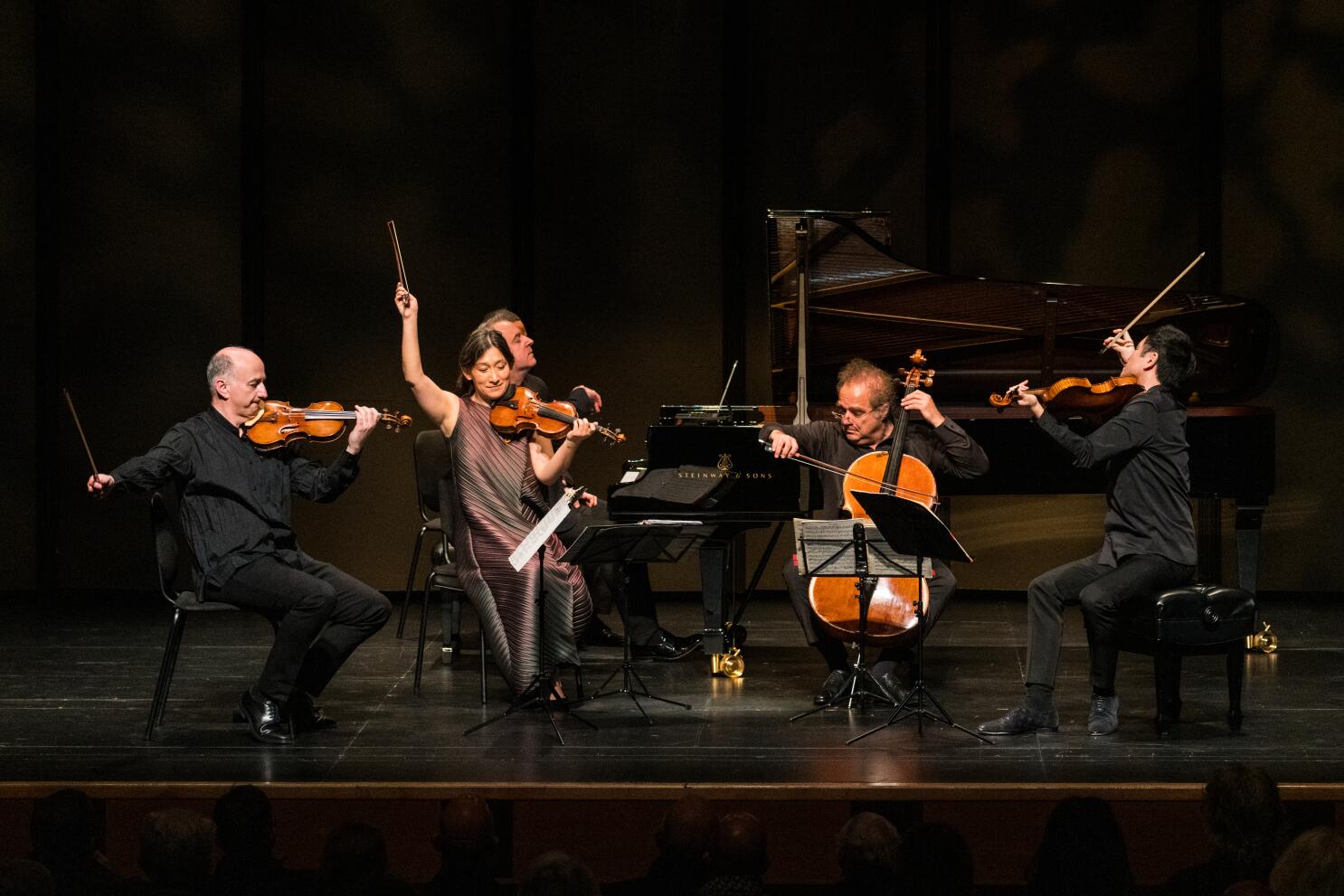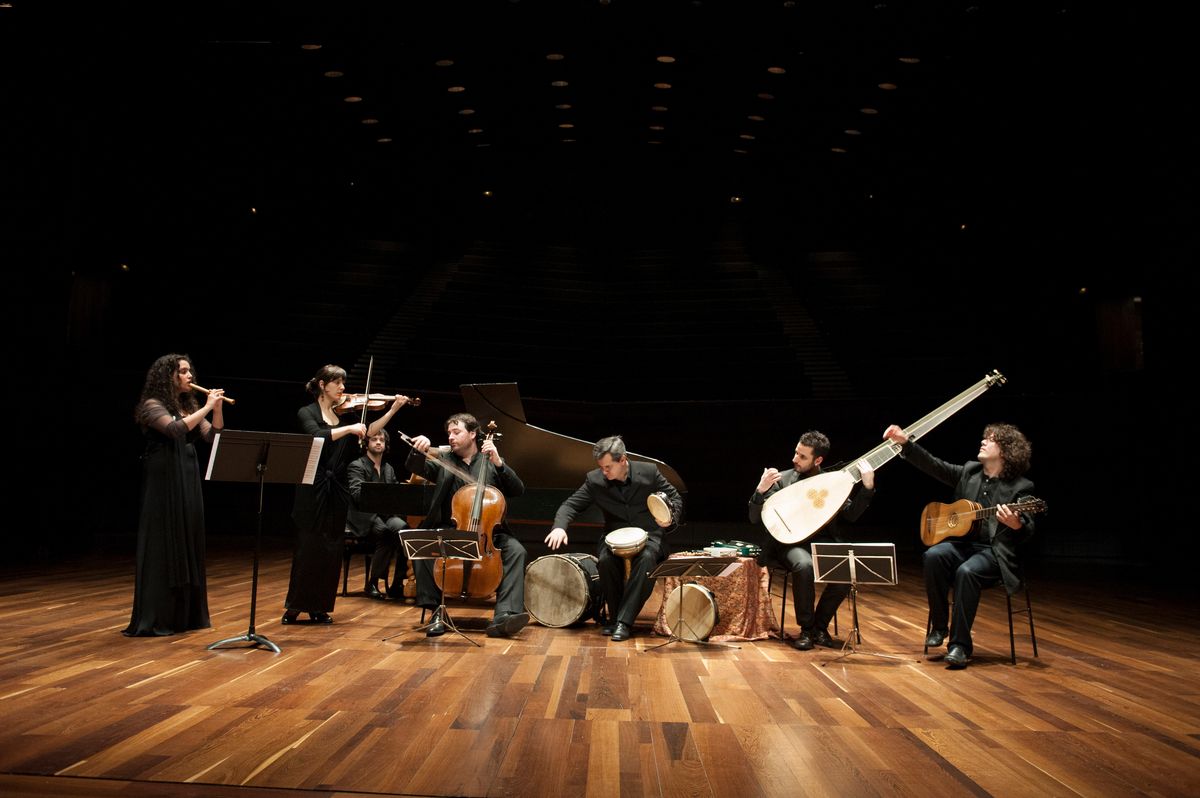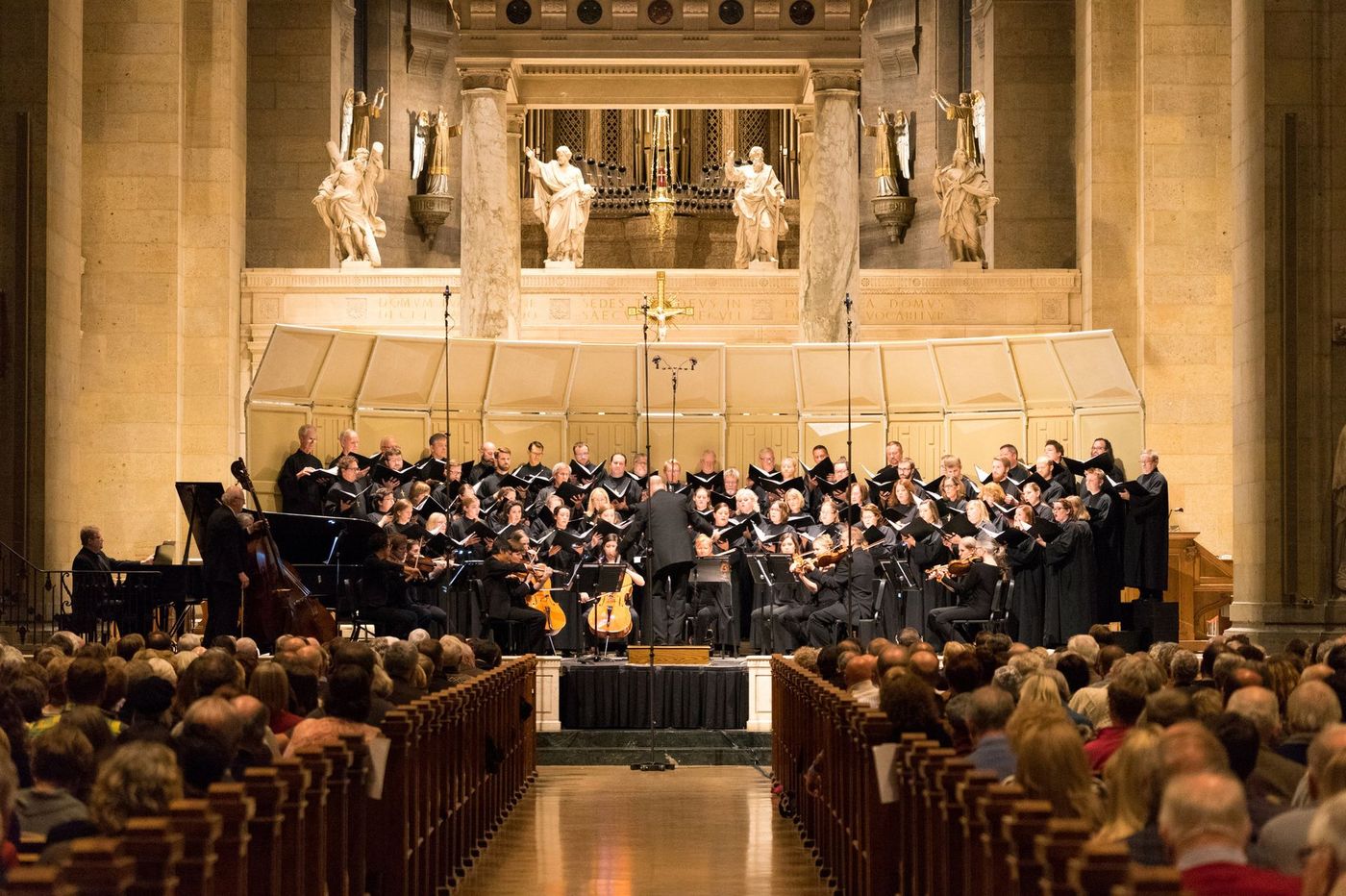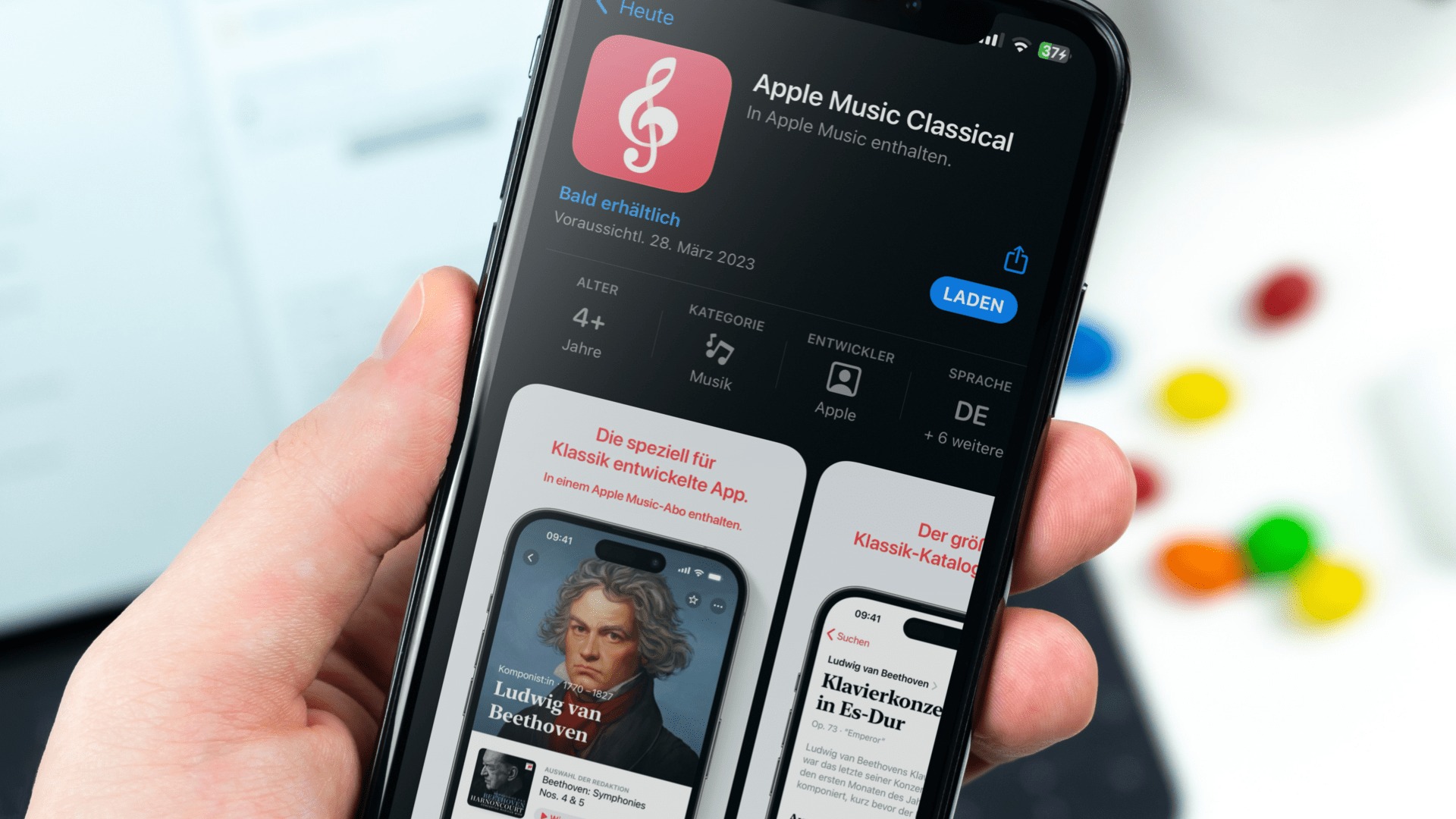Home>Events & Info>Music History>What Are The Dates When The Classical Period Of Music Styles Was Being Performed In Music History?
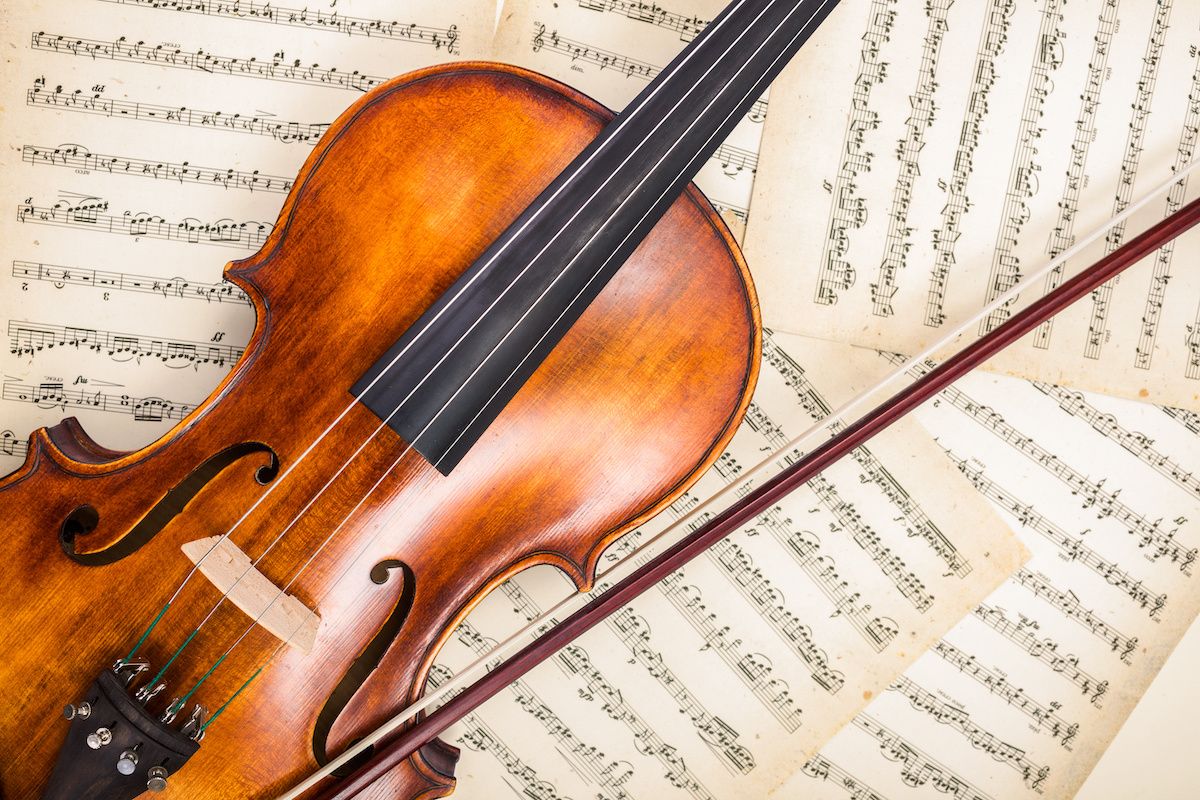

Music History
What Are The Dates When The Classical Period Of Music Styles Was Being Performed In Music History?
Published: December 28, 2023
Discover the dates of the classical period in music history and explore the captivating styles that were performed during this influential time in the evolution of music.
(Many of the links in this article redirect to a specific reviewed product. Your purchase of these products through affiliate links helps to generate commission for AudioLover.com, at no extra cost. Learn more)
Table of Contents
- Introduction
- Definition of the Classical Period in Music History
- Characteristics of Classical Music
- The Early Classical Period (1730-1770)
- The High Classical Period (1770-1800)
- Composers and their Works during the Classical Period
- Key Events and Influences in the Classical Period
- Legacy and Impact of the Classical Period in Music History
- Conclusion
Introduction
Welcome to the fascinating world of music history! In this article, we will embark on a journey through one of the most influential periods in the history of Western classical music – the Classical Period. Spanning roughly from the mid-18th century to the early 19th century, this period witnessed a significant evolution in musical styles, composition techniques, and the role of music in society.
The Classical Period, known for its elegance, balance, and clarity, emerged as a response to the ornate and complex Baroque style that preceded it. During this era, composers sought to create music that was more accessible and appealing to a wider audience. The result was a refined and structured musical style that emphasized melodic clarity, symmetrical forms, and emotional restraint.
This article will delve into the characteristics of Classical music, explore the key composers and their works, and highlight the pivotal events and influences that shaped the era. Whether you are a music enthusiast or simply curious about the evolution of musical styles, this article aims to provide an informative and engaging overview of the Classical Period.
Definition of the Classical Period in Music History
The Classical Period in music history refers to a period of time that spanned from approximately 1730 to 1820. It is characterized by a shift in musical style from the Baroque period that preceded it. The term “classical” is derived from the Latin word “classicus,” which means “belonging to the highest class or rank.” It was during this period that music evolved to reflect the ideals of clarity, balance, and order.
One of the defining features of the Classical Period was the emergence of a standardized musical form. Composers began utilizing a set of structures and principles to organize their compositions. The most common forms used during this period include sonata form, theme and variations, minuet and trio, rondo, and symphony. These forms provided composers with a framework to develop and shape their musical ideas.
Another characteristic of the Classical Period is the emphasis on melody and harmony. Composers such as Wolfgang Amadeus Mozart and Franz Joseph Haydn focused on creating memorable and melodic themes that were easily recognizable. The use of harmonies became more sophisticated, with composers exploring new tonal relationships and creating intricate chord progressions.
In addition to the musical elements, the Classical Period also saw changes in performance practices. Music began to be performed in public concert halls rather than exclusively in churches or private residences. This shift led to the development of professional orchestras and a growing demand for new compositions.
Overall, the Classical Period in music history is characterized by its emphasis on clarity, balance, and structured forms. It represents a significant departure from the ornate and complex style of the Baroque period and laid the foundation for the Romantic period that followed. The music of the Classical Period continues to be celebrated and cherished for its timeless beauty and elegance.
Characteristics of Classical Music
Classical music, developed during the Classical Period, is distinguished by several key characteristics that define its unique style and sound. These characteristics encompass various aspects of composition, performance, and aesthetics. Let’s explore the defining features of Classical music:
- Clarity and Simplicity: Classical music emphasizes clarity and simplicity in both melody and structure. Composers aimed to create clean and easily discernible musical lines, allowing the listener to follow the progression of the composition effortlessly.
- Symmetrical Forms: Classical compositions often adhere to formal structures, such as sonata form, theme and variations, and rondo. These forms provide a balanced and organized framework for the composition, enabling composers to develop and vary musical ideas effectively.
- Balanced and Homophonic Texture: Classical music tends to have a balanced texture, with clear melodic lines supported by harmonies. Unlike the polyphonic textures of the Baroque period, where multiple independent lines coexist, Classical music favors a homophonic texture, where one line dominates while others provide accompaniment.
- Dynamic and Expressive Contrasts: Composers of the Classical era explored dynamic contrasts to evoke emotions and create dramatic effects. This involved varying the volume levels, from soft (piano) to loud (forte), to create a sense of tension, release, and overall expressive impact in the music.
- Emotional Restraint: Classical music often maintains a sense of emotional restraint and balance. While it can evoke a range of emotions, composers aimed for a controlled and refined expression, avoiding excessive ornamentation and dramatic extremes seen in earlier musical styles.
- Use of Symphony and Sonata: The symphony and sonata forms played a crucial role in Classical music. Composers, such as Haydn, Mozart, and Beethoven, developed and expanded these forms, creating multi-movement works that showcased their technical mastery and musical inventiveness.
These characteristics define the essence of Classical music, offering a captivating blend of clarity, symmetry, refinement, and expressive appeal. The timeless beauty and enduring popularity of Classical compositions can be attributed to these distinctive elements that continue to capture the hearts and minds of audiences today.
The Early Classical Period (1730-1770)
The early Classical Period, spanning from 1730 to 1770, marked the transitional phase from the Baroque era to the Classical era in music. During this time, composers began to break away from the elaborate and complex style of the Baroque, seeking a more streamlined and accessible musical language.
One of the prominent figures of the early Classical Period was Carl Philipp Emanuel Bach, the son of the renowned Baroque composer Johann Sebastian Bach. C.P.E. Bach’s compositions showcased a departure from the contrapuntal style of his father’s music, embracing a more expressive and emotionally charged musical language. His works, such as the Keyboard Sonatas and Symphony in D Major, reflected the changing musical trends of the time.
Another influential composer of this period was Johann Christian Bach, also known as the “London Bach” due to his extensive work in England. Johann Christian Bach, the youngest son of Johann Sebastian Bach, played a crucial role in disseminating the emerging Classical style. His compositions, characterized by graceful melodies and elegant forms, laid the groundwork for the Classical era.
During the early Classical Period, the symphony began to take shape as a significant musical form. Composers, such as Stamitz and Richter, contributed to the development of the symphony with their groundbreaking compositions. These early symphonies featured three movements and showcased a balanced and structured approach to composition.
The rise of the piano, or fortepiano, as a popular instrument also characterized the early Classical Period. The piano gradually replaced the harpsichord as the favored keyboard instrument, allowing for a greater dynamic range and expressive capabilities. Composers such as Johann Christian Bach and Mozart wrote numerous piano sonatas and concertos, showcasing the instrument’s versatility.
The early Classical Period laid the groundwork for the stylistic changes that would come to define the later period. Composers embraced clarity, simplicity, and emotional expressiveness in their music, marking a departure from the ornate and complex music of the Baroque era. This era set the stage for the height of the Classical Period, where composers would further refine and expand upon these musical innovations, leaving an indelible impact on music history.
The High Classical Period (1770-1800)
The High Classical Period, which spanned from 1770 to 1800, represents the pinnacle of the Classical era in music history. During this period, composers such as Wolfgang Amadeus Mozart, Joseph Haydn, and Ludwig van Beethoven expanded upon the innovations of the early Classical Period, solidifying the distinctive characteristics of the era.
Wolfgang Amadeus Mozart, considered one of the greatest composers of all time, emerged as a prominent figure in the High Classical Period. His compositions exemplified the refined elegance and emotional depth characteristic of the era. Mozart’s symphonies, operas, concertos, and chamber music captivated audiences with their impeccable craftsmanship and emotive power. Works such as his Symphony No. 40 in G minor and the opera The Marriage of Figaro are enduring masterpieces of the Classical Period.
Joseph Haydn, often referred to as the “Father of the Symphony” and the “Father of the String Quartet,” made significant contributions to the musical landscape of the High Classical Period. Haydn’s symphonies, string quartets, and oratorios showcased his remarkable creativity and mastery of form. His Symphony No. 94, known as the “Surprise” Symphony, and the Emperor Quartet are among his most celebrated works.
Ludwig van Beethoven, although living at the end of the High Classical Period, bridged the gap between the Classical and Romantic eras. Beethoven’s compositions pushed the boundaries of the Classical style, incorporating dramatic intensity, innovative harmonic language, and expanded forms. His Symphony No. 5 in C minor and the Piano Sonata No. 14, commonly known as the “Moonlight Sonata,” exemplify the profound musical expression and emotional depth characteristic of his work.
In addition to the work of these renowned composers, the High Classical Period saw advancements in music theory and performance practices. Composers began to explore the concept of thematic development, where musical ideas are transformed and varied throughout a composition. This technique added depth and coherence to their works, further enhancing the expressive impact of the music.
The emergence of the public concert hall as a popular venue for musical performances also marked a significant development during this period. The proliferation of concert societies provided a platform for both established and emerging composers to showcase their works to a wider audience, contributing to the growth and popularity of Classical music.
The High Classical Period represents a golden age of musical composition, where the genius of Mozart, Haydn, and Beethoven flourished. The innovative spirit, sophisticated forms, and expressive power of the music from this era have left an indelible legacy, continuing to inspire and captivate audiences around the world.
Composers and their Works during the Classical Period
The Classical Period in music history was marked by the contributions of several remarkable composers, each leaving an indelible impact on the musical landscape of their time and beyond. Let’s explore some of the prominent composers and their notable works during this era:
- Wolfgang Amadeus Mozart: Mozart, renowned for his prodigious talent and prolific output, penned a vast array of compositions across various genres. His operas, including The Marriage of Figaro, Don Giovanni, and The Magic Flute, showcase his ability to blend captivating storytelling with beautiful melodies. Mozart’s symphonies, such as Symphony No. 40 in G minor, and piano concertos, particularly Piano Concerto No. 21 in C major, are revered for their compositional brilliance and emotive depth.
- Joseph Haydn: Often referred to as the “Father of the Symphony” and the “Father of the String Quartet,” Haydn made significant contributions to these genres. His Symphony No. 94, known as the “Surprise” Symphony, with its unexpected loud chord, remains a popular favorite. Haydn’s string quartets, particularly those in the Op. 33 and Op. 76 collections, showcase his mastery of form, innovative treatments of motifs, and sublime beauty.
- Ludwig van Beethoven: Beethoven, a transitional figure between the Classical and Romantic eras, brought a revolutionary spirit to his compositions. His Symphony No. 5 in C minor is renowned for its iconic four-note motif and its powerful and dramatic expression. The Piano Sonata No. 14, popularly known as the “Moonlight Sonata,” captivates listeners with its hauntingly beautiful melodies and introspective atmosphere.
- Franz Joseph Haydn: Younger brother of Joseph Haydn, Franz Joseph Haydn contributed significant compositions during the Classical Period. His oratorio, The Creation, and his London Symphonies, particularly Symphony No. 104, exemplify his compositional prowess and mastery of orchestration.
- Christoph Willibald Gluck: Gluck was a pivotal figure in the development of opera during the Classical Period. His works, including Orfeo ed Euridice and Alceste, embraced a more natural and expressive style, moving away from the ornate and artificial conventions of the Baroque opera.
These composers, among many others, shaped the musical landscape of the Classical Period with their innovative approaches, melodic beauty, and expressive power. Their works continue to be celebrated and cherished for their artistic brilliance and profound impact on music history.
Key Events and Influences in the Classical Period
The Classical Period in music history was shaped by various key events and influences that contributed to the evolution of musical styles and composition techniques. Let’s explore some of the significant events and influential factors during this era:
- The Enlightenment: The intellectual and cultural movement of the Enlightenment heavily influenced the mindset of composers during the Classical Period. With an emphasis on reason, logic, and the pursuit of knowledge, this philosophical movement inspired composers to create music that reflected clarity, rationality, and emotional restraint.
- The Rise of the Public Concert: The emergence of public concerts in the 18th century transformed the way music was performed and experienced. Concert halls became popular venues for musicians to showcase their works, promoting a broader accessibility to music and fostering the development of professional orchestras.
- The Patronage System: While the patronage system, where composers were financially supported by nobility or the church, was still prevalent during the Classical Period, there was a gradual shift towards seeking wider audiences and greater independence. Composers began to rely more on public performances and publishing their works, enabling them to reach a broader audience and have more control over their creativity.
- The Development of Standardized Musical Forms: Composers of the Classical Period sought to create structured and balanced compositions. They developed standardized forms such as sonatas, symphonies, concertos, and string quartets, providing a framework for their compositions to unfold and enabling them to craft cohesive and memorable musical works.
- The Influence of Classicism in Art and Literature: The Classical Period drew inspiration from the artistic and literary movements of the time. Composers, like their counterparts in other artistic fields, were influenced by the ideals of balance, order, and simplicity. Musical works sought to evoke the aesthetics of classical antiquity, showcasing clarity of form and emotional poise.
- The Industrial Revolution: The Industrial Revolution, which began in the late 18th century, brought about significant societal changes that impacted music as well. Technological advancements, such as improvements in instrument construction and the printing press, facilitated the dissemination of music and allowed for greater accessibility to compositions.
These events and influences worked together to shape the musical landscape of the Classical Period, fostering a focus on clarity, balance, and emotional restraint. The desire for artistic perfection, the exploration of standardized musical forms, and the changing social and cultural dynamics all played a crucial role in the development of this remarkable era in music history.
Legacy and Impact of the Classical Period in Music History
The Classical Period in music history left a profound and lasting impact on the development of Western classical music. Its legacy can be seen in the evolution of musical styles, the enduring popularity of its compositions, and its influence on future generations of composers. Let’s explore the legacy and impact of the Classical Period:
- Innovation in Musical Forms: One of the significant contributions of the Classical Period was the development and refinement of standardized musical forms, such as sonata form, symphony, and string quartet. These forms provided a blueprint for future composers and became the foundation for musical structures in later periods.
- Emphasis on Melody and Clarity: The Classical Period prioritized clarity and melodic beauty, leading to the creation of memorable and singable melodies. Composers focused on crafting expressive and lyrical lines that resonated with audiences and formed the basis for melodies that are still recognized and cherished today.
- Technical Advancements in Instrumentation: The Classical Period witnessed advancements in instrument construction and the expansion of orchestral forces. Composers capitalized on these developments, experimenting with new orchestral textures and dynamics, resulting in greater expressive possibilities and more nuanced musical compositions.
- Integration of Emotion and Expression: Composers of the Classical Period sought to convey emotions and expressiveness through their music, albeit within the bounds of balance and restraint. This balance allowed for a refined and sophisticated expression of emotions, influencing future composers to explore the depths of human emotions in their compositions.
- Pioneering Masters: The Classical Period produced exceptional composers, including Mozart, Haydn, and Beethoven, who revolutionized the musical landscape of their time. Their innovative compositions and visionary approaches paved the way for the Romantic and Post-Romantic periods, inspiring generations of composers to push musical boundaries and experiment with new forms and techniques.
- Pervasive Influence: The influence of the Classical Period can be witnessed in various musical genres and styles even centuries later. Elements of Classical music can be found in film scores, popular music, and even contemporary classical compositions, demonstrating the enduring appeal and adaptability of the Classical style.
The Classical Period’s emphasis on balance, clarity, and expressive restraint created a musical foundation that resonates throughout history. Its legacy continues to captivate audiences, inspire composers, and serve as a touchstone for the timeless beauty and elegance of Western classical music.
Conclusion
The Classical Period stands as a defining era in the history of Western classical music. Spanning roughly from the mid-18th century to the early 19th century, this period witnessed a remarkable transformation in musical styles, composition techniques, and societal influences. Composers of the Classical Period, such as Mozart, Haydn, and Beethoven, left an indelible mark on the musical landscape, shaping the future direction of orchestral music, chamber music, and opera.
The Classical Period emphasized clarity, balance, and emotional restraint, departing from the ornate and complex style of the Baroque period. It introduced standardized musical forms, allowing composers to create cohesive and structured compositions that continue to captivate listeners today. The period’s legacy is marked by its melodic beauty, the refinement of expressive techniques, and its enduring impact on subsequent musical periods.
Not only did the Classical Period produce some of the most celebrated and beloved compositions in music history, but it also laid the foundation for the Romantic era that followed. The influence of the Classical Period can be seen in the heightened emotional expression, expanded harmonic language, and larger orchestral forces that characterized music in the 19th century.
Today, the legacy of the Classical Period lives on. Its music continues to be performed and enjoyed by audiences of all ages, its forms and techniques continue to shape the composition practices of contemporary composers, and its artistic achievements continue to inspire musicians and music enthusiasts alike.
As we reflect on the Classical Period in music history, we appreciate the elegance, clarity, and emotional depth that defined this era. It remains a testament to the power of human creativity and the profound impact that music can have on our lives. The Classical Period continues to remind us of the timeless beauty of Western classical music and serves as a testament to the enduring influence of its composers and their works.

